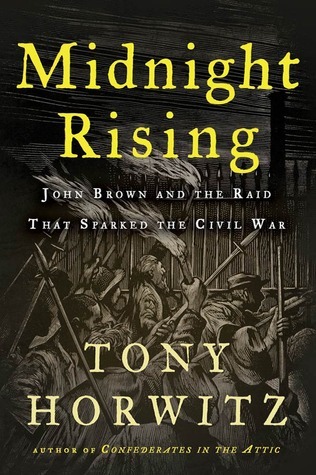More on this book
Community
Kindle Notes & Highlights
by
Tony Horwitz
Read between
September 26 - October 21, 2025
THE TOWN ANNIE’S FATHER had attacked in 1859 never fully recovered from the trauma, either. As Brown had discovered, Harpers Ferry was easy to seize and hard to hold. It changed hands a dozen times in the Civil War, with passing armies repeatedly burning the river bridges and bombarding the town from surrounding hills. “The larger portion of the houses all lie in ruins and the entire place is not actually worth $10,” a Massachusetts soldier wrote his mother in 1863.
The attack on Harpers Ferry was an awful price that had to be paid—“the answering back of the avenging angel to the midnight invasions of Christian slave-traders on the sleeping hamlets of Africa.”
Once Brown lit the fuse, less with his actions than with the moral clarity of his words, Southerners were unable to extinguish it. “They could kill him,” Douglass told his audience, “but they could not answer him.” In the war that followed, the Union’s armies had “found it necessary to do on a large scale what John Brown attempted to do on a small one.” Douglass therefore regarded Harpers Ferry, not Fort Sumter, as the true start of the nation’s great conflict. “If John Brown did not end the war that ended slavery, he did at least begin the war that ended slavery.”
Harper’s Ferry, as the town was known in the eighteenth and nineteenth centuries, lost the apostrophe in its name due to a change in post office policy.


